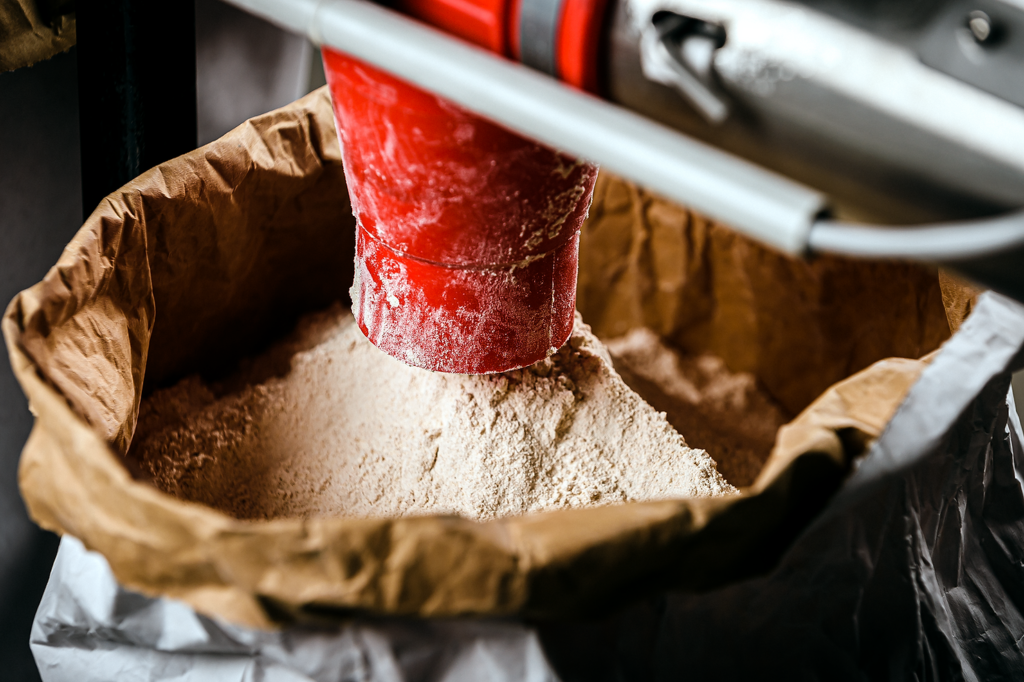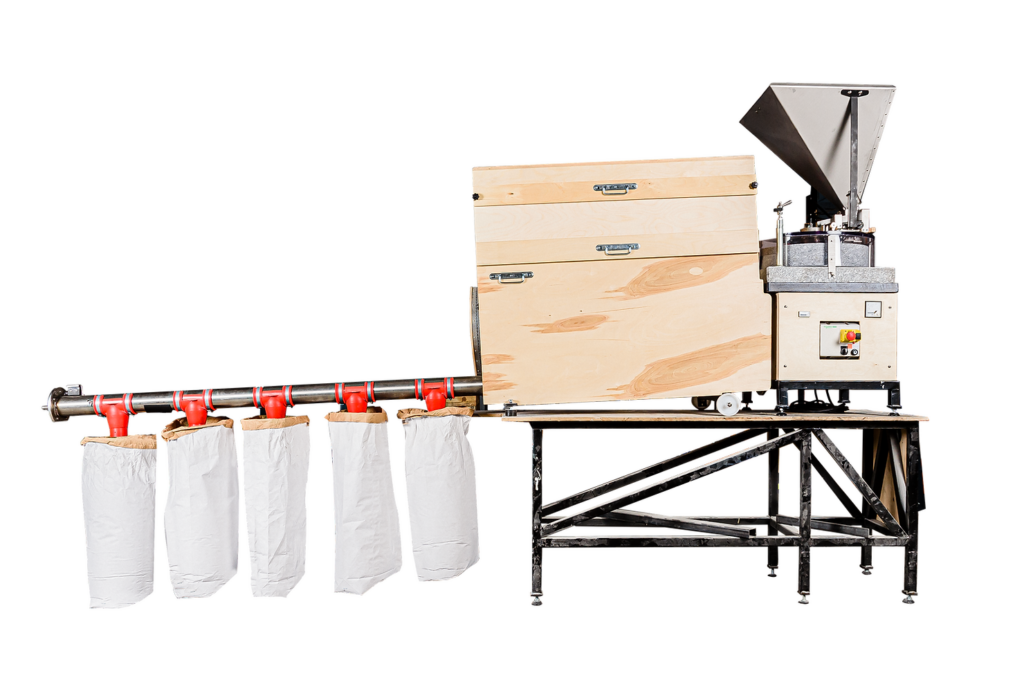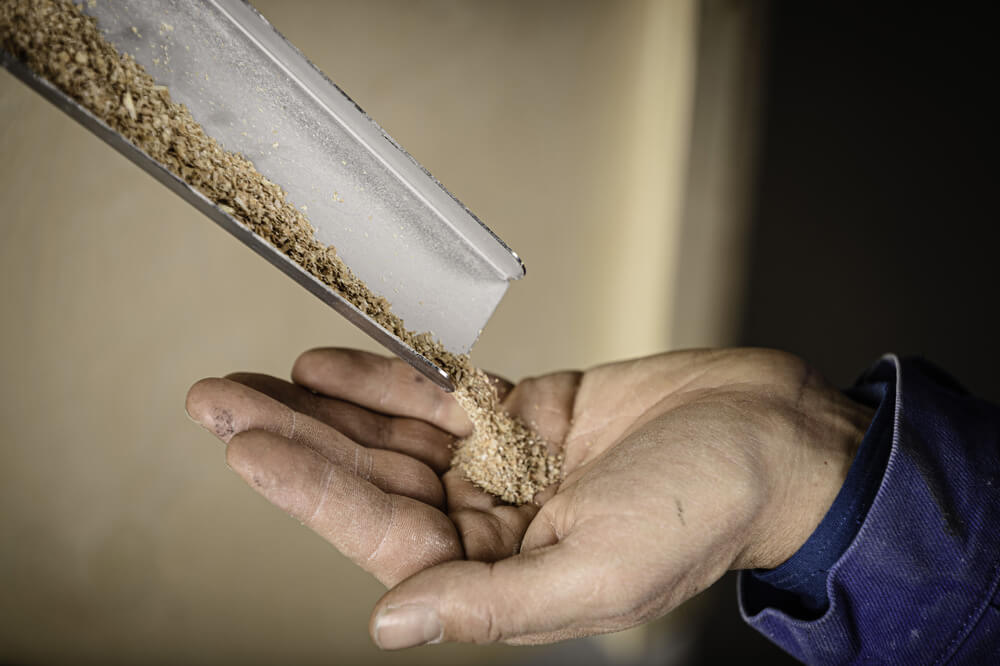
If you own another type of mill, we prefer you to get more precise advice from your craftsman, who will be more familiar with his mill. If you’re thinking of buying an Astréïa stone flour mill, here’s our advice.
Astréïa flour contains the germ of the wheat grain. This is often another reason why our flour differs from other traditional millstones. This germ is a ‘fatty’ element that could potentially cause your flour to go rancid if it is not stored in an optimal way. In any case, Astréïa flour has a shorter shelf life (around 6 months under normal storage conditions).
Ideal storage for grinding flour and pests
It would be ideal to store the Astréïa flour produced by your stone mill:
- in the dark
- in a cool place (ideally below 13 degrees)
You can store your flour at room temperature, but you’ll run a greater risk of pest attacks (moths and weevils). These pests are not very prevalent in winter, but as soon as the weather is fine and the temperature of the premises rises during the day, they will find their way into the flour. Moths are generally the first to arrive.
If insects have less heat, they are less numerous and also less active. This also explains why wheat stocks are ventilated: to eliminate insects and anaesthetise undesirable ones.
Moths fear draughts (in bakehouses or storage rooms). A ventilated, airy room is the perfect place to store your flour. Moths follow suspended flour, deposit their larvae in the flour and the eggs (mealworms!) are then in your room.
Some of our customers use traps (some of which can be used organically), but aeration with draughts seems to us to be the most reliable and efficient technique.
It goes without saying that rodents are also pests that need to be taken into account right from the start of your project. There are a number of solutions, and poisoning is the one we use on our Astréïa farm. While mice can easily be caught in faggots, rats are organised differently and it is important to deposit the trapping boxes. We think it’s vital to plan ahead and leave these traps in specific places to prevent the risk. Daily cleaning is really necessary as soon as you add foodstuffs such as flour.

Bagging your grinding flour
You can store the flour
- in sewn bags
- or in bulk, in stainless steel storage areas
If you store a large quantity of flour, you can choose stainless steel silos that allow the flour to be discharged from the bottom. A vault effect will occur (the flour will not flow out from the bottom, creating what is known as a ‘vault effect’), so there are cleaning systems. This system uses vibration or agitation to force the material downwards. This equipment is important to consider if you want to preserve your flour in this way.
Quantities of Astréïa grinding flour to be stored
The idea with grinding flour is above all to be able to crush as you go, with little advance stock, so that you have fresh material. You could easily have 15 days to 3 weeks of stock in advance if you want to deal with any unforeseen circumstances; your mill will allow you to crush your flour as you go along.
On an Astréïa flour mill, you can opt for the ‘automatic bagging’ option. This option will make you more efficient, as your flour will be automatically bagged. If you choose an Astréïa flour mill measuring 100 cm, this bagging ramp is automatically added to your mill at no extra cost.
It’s a good idea to size up your quantities to cope with the unexpected, and to bear in mind that the advantage of having a mill in your bakery, your farm or in your flour mill will be to have freshly ground flour every day.
As a small miller, we think it’s fairer to pack your flour in large quantities and dispatch it quickly to your customers. This will ensure unrivalled quality and a pleasant working environment for your bakers. In our opinion, the ideal solution is to prepare flour on a virtually just-in-time basis. You can prepare a minimum buffer stock. If we could give you just one piece of advice, it would be to stock your flour in bags ready for dispatch rather than storing it in bags and then dispatching it, as far as possible.





